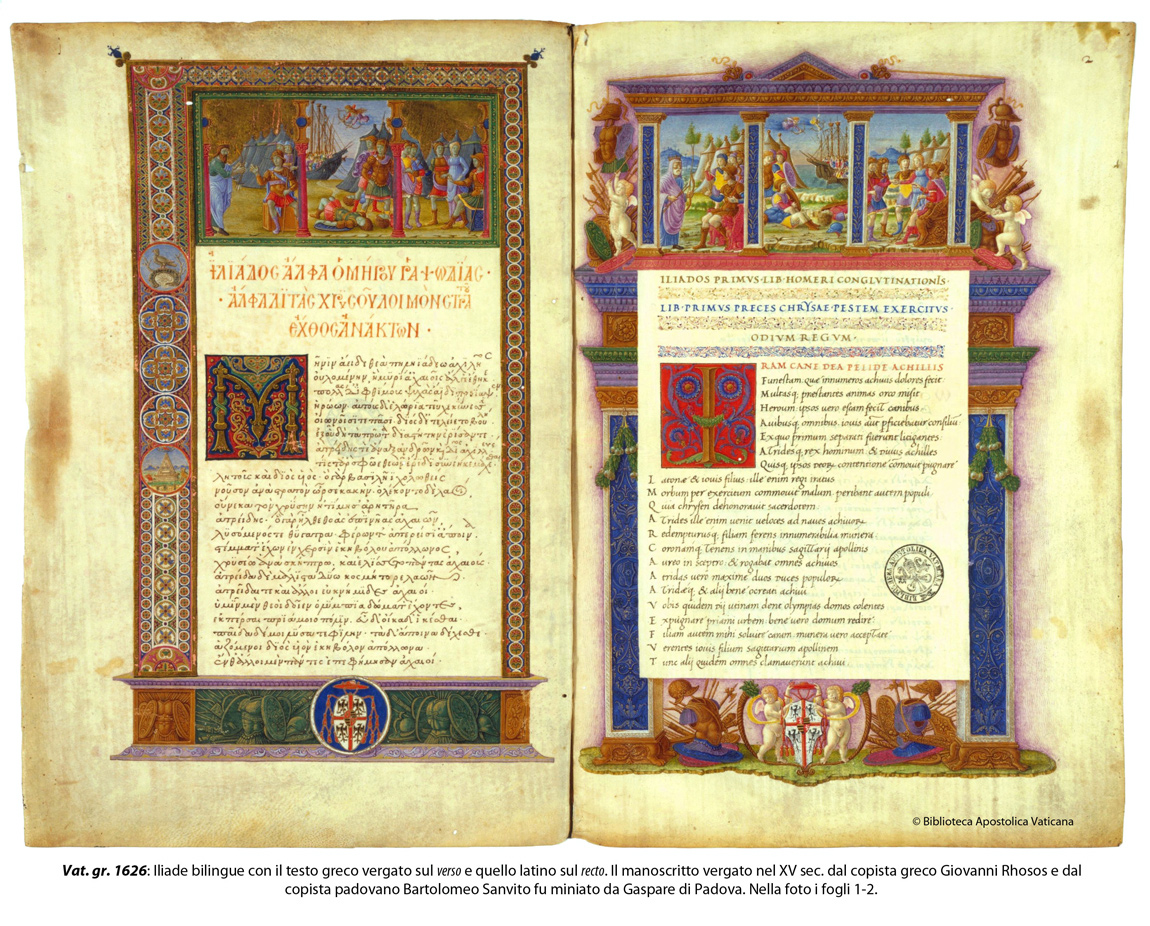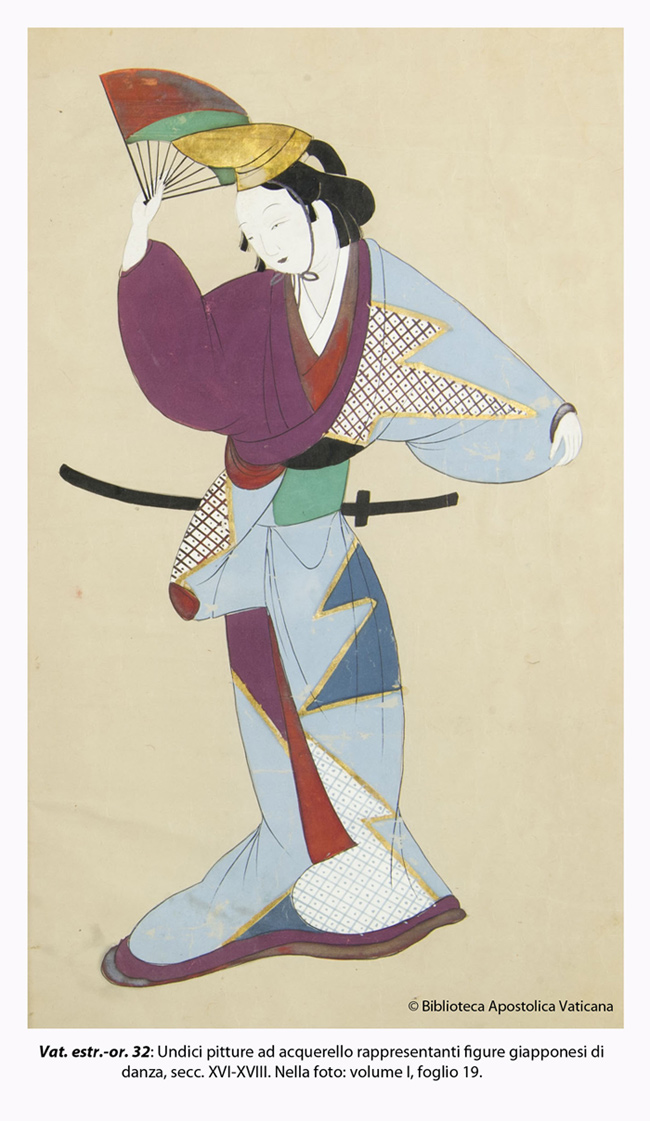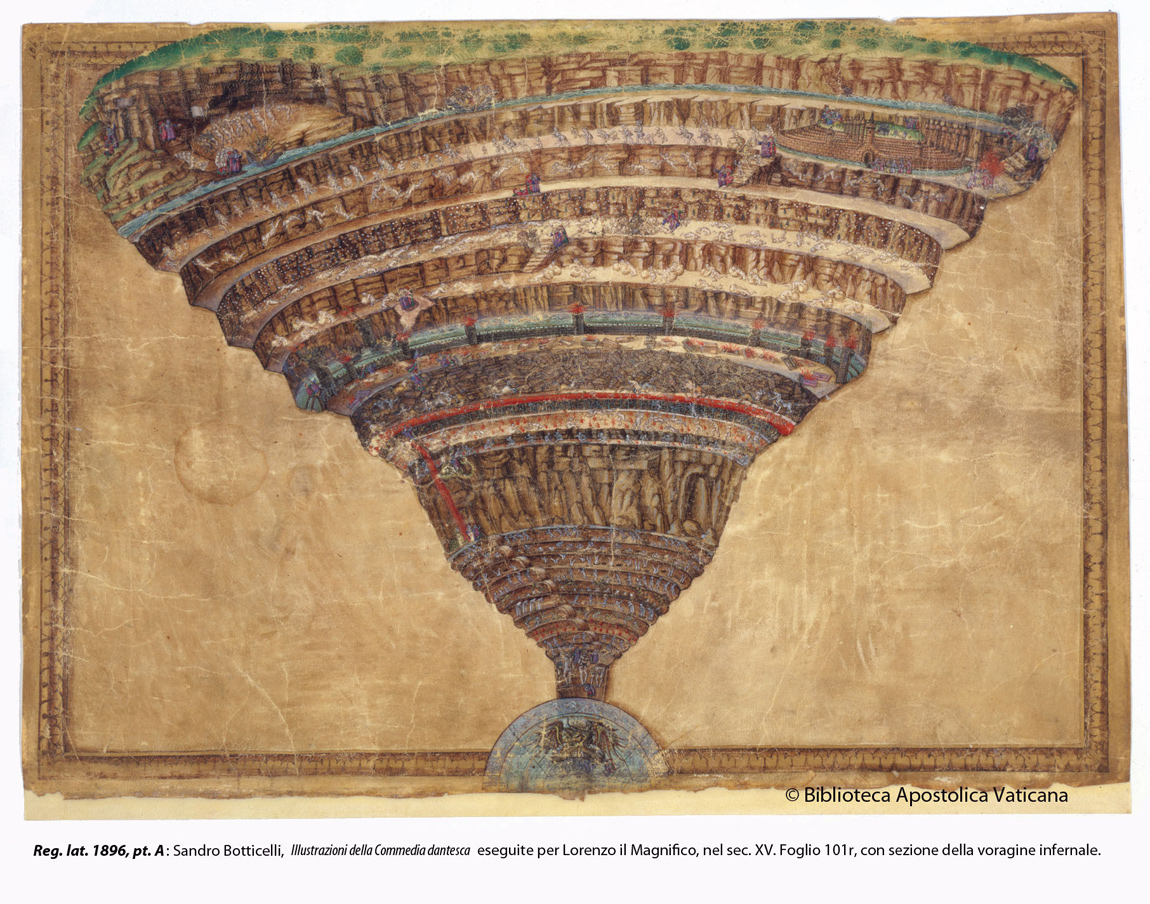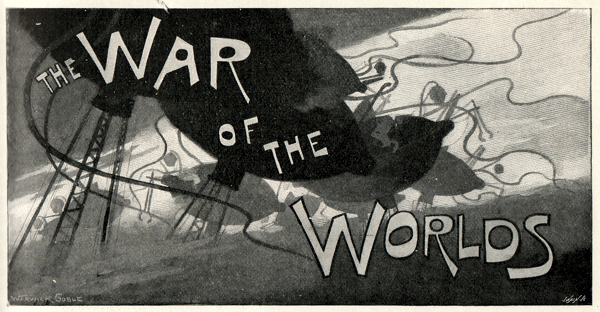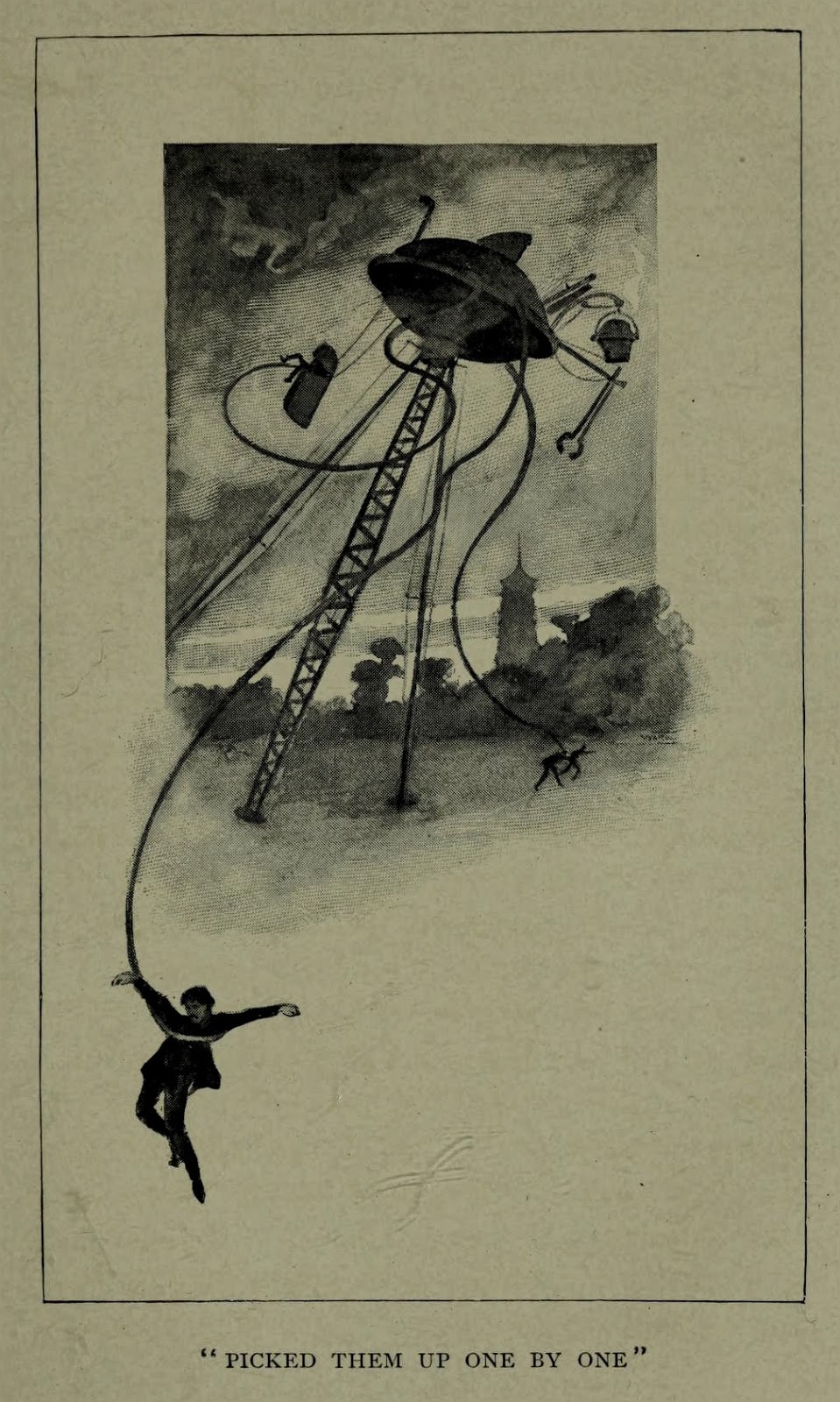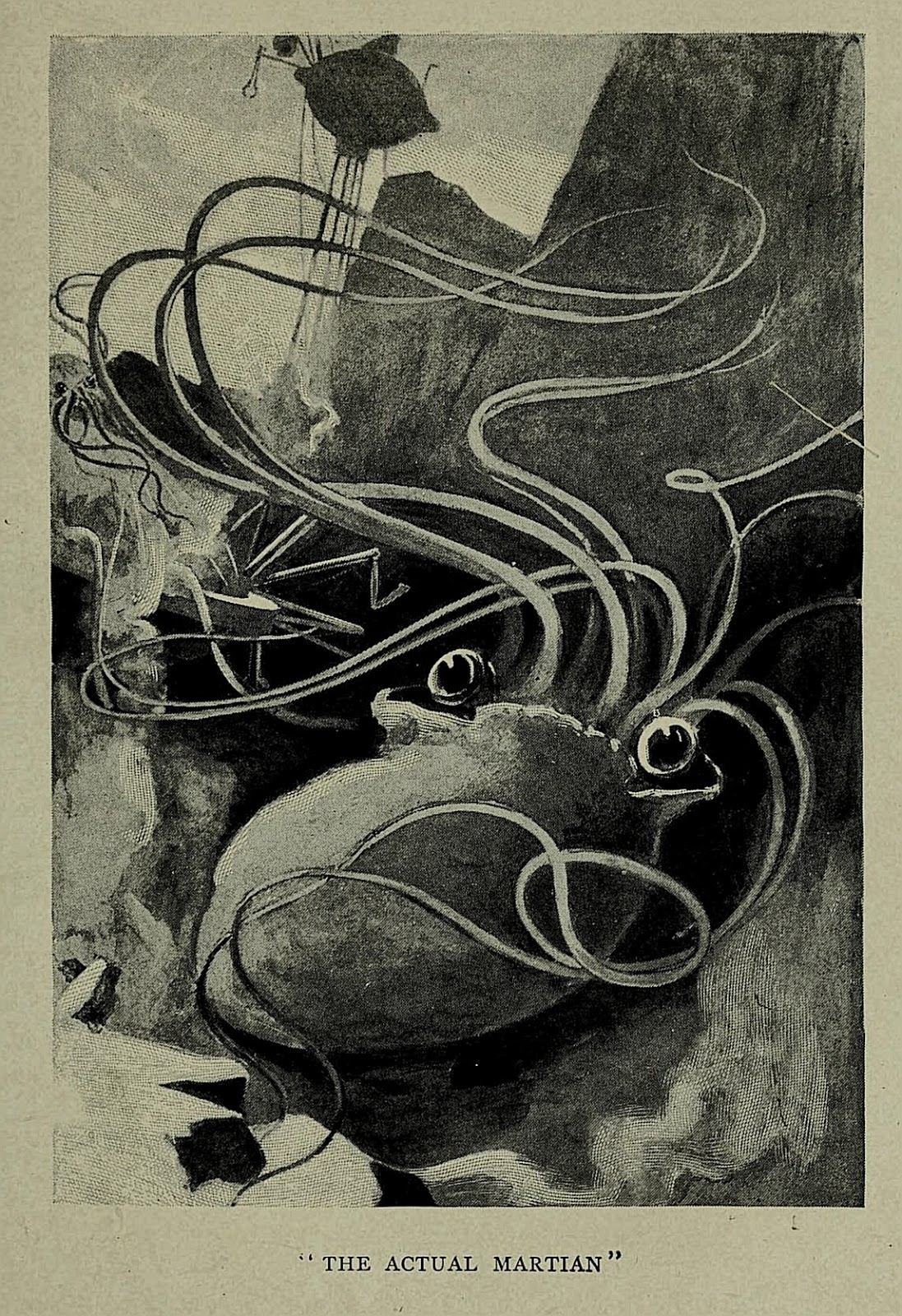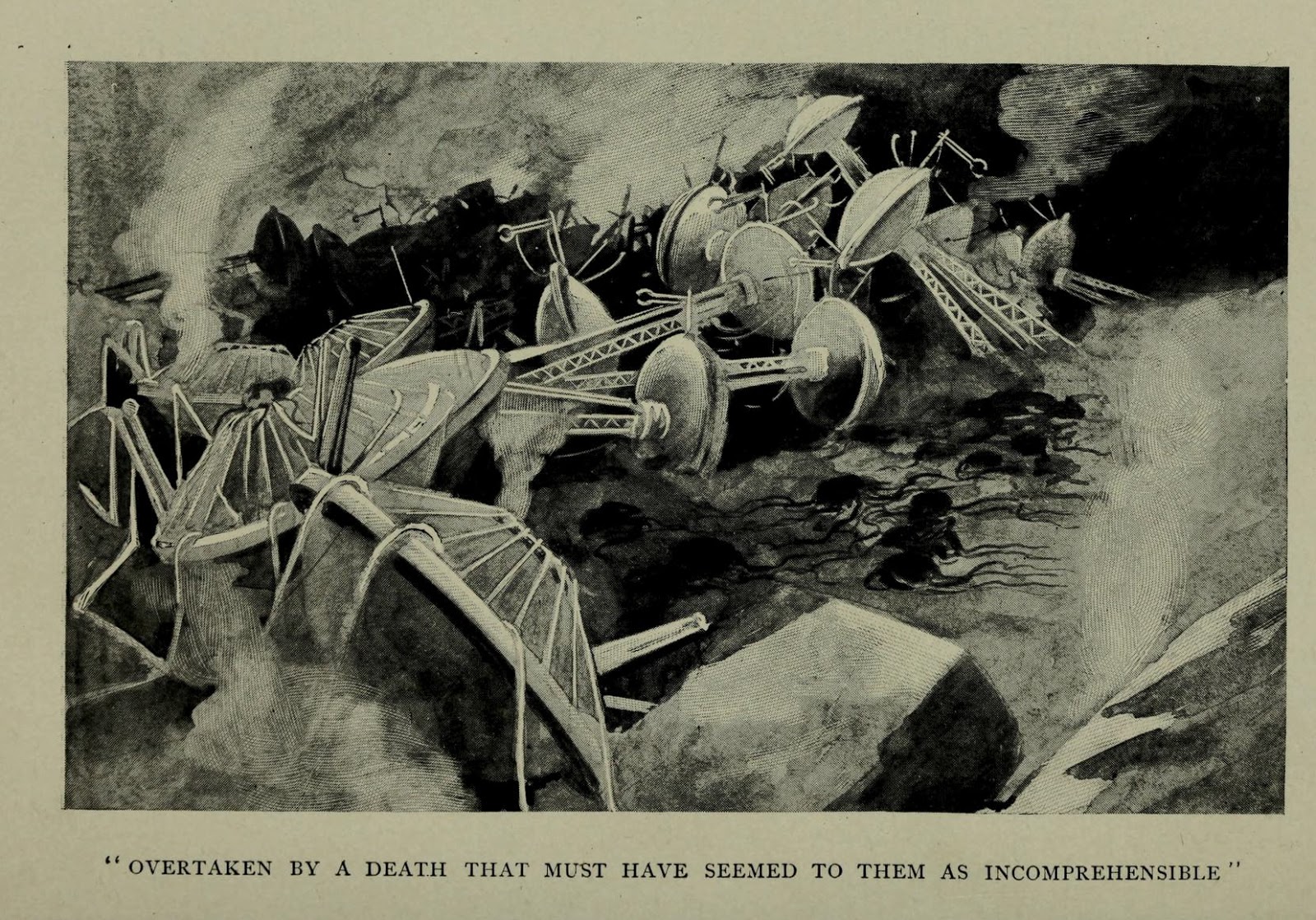A friend of the Roman poet Martial once asked him why he went to watch lions devour slaves at the Coliseum. “These are my times,” replied Martial, “and I must know them.” Not every Roman enjoyed such brutal spectacles, and Martial himself perhaps least of all, but he regarded it as a duty as an observer and interpreter not to spare himself the awful sight that pleased so many of his fellow citizens. Charlie Chaplin, too, knew his times, as evidenced by pictures like 1936’s Modern Times, which made light of industrial capitalism, and The Great Dictator, his sharp 1940 satire of Nazism and fascism.
But the horrors of the previous World War gave him material too, as you can see in this scene from the 1918 silent comedy Shoulder Arms, above: “There have been learned discussions as to whether Chaplin’s comedy is low or high, artistic or crude,” said the contemporary New York Times review of the film, Chaplin’s most popular to date, “but no one can deny that when he impersonates a screen fool he is funny.”
His screen fool, in this case, has enlisted in the “awkward squad,” and though boot camp gives him a hard time, the pratfalls he goes through when sent off to Europe eventually lead him to win the Great War almost singlehandedly. Alas, as with most of Chaplin’s hapless protagonists, his moment of triumph vanishes even more quickly than it came, and at the time of its premiere the real war still had weeks to go.
Before making the movie, Chaplin himself had doubts about the potential for humor in the bloodiest conflict in the history of mankind, but he must have ultimately understood what all the most astute comedians do: that comedy and tragedy have always gone hand-in-hand. “Saying something is too terrible to joke about is like saying a disease is to terrible to try to cure,” as the particularly astute Louis C.K. recently put it — a man of our own comedic and tragic times, and one who certainly knows them as well as Chaplin knew his.
Find 65 Free Charlie Chaplin Films Online in our collection, 4,000+ Free Movies Online: Great Classics, Indies, Noir, Westerns, Documentaries & More.
Related Content:
Charlie Chaplin Does Cocaine and Saves the Day in Modern Times (1936)
Chaplin Meets Inception: The Final Speech of The Great Dictator
When Charlie Chaplin Entered a Chaplin Look-Alike Contest and Came in 20th Place
Based in Seoul, Colin Marshall writes and broadcasts on cities and culture. He’s at work on a book about Los Angeles, A Los Angeles Primer, the video series The City in Cinema, the crowdfunded journalism project Where Is the City of the Future?, and the Los Angeles Review of Books’ Korea Blog. Follow him on Twitter at @colinmarshall or on Facebook.
